Megaprojects That Went Over Budget
Megaprojects are grand-scale endeavors that often come with staggering budgets and even more staggering challenges. From transportation networks to iconic architectural feats, these projects aim to transform landscapes and societies. However, managing their budgets can be as complex as the projects themselves. Many have seen their costs skyrocket, leaving planners scratching their heads and accountants reaching for aspirin. Understanding these challenges is key to navigating the financial intricacies involved in bringing such monumental visions to life.
The Allure of Ambitious Construction: Why Megaprojects Capture Our Imagination
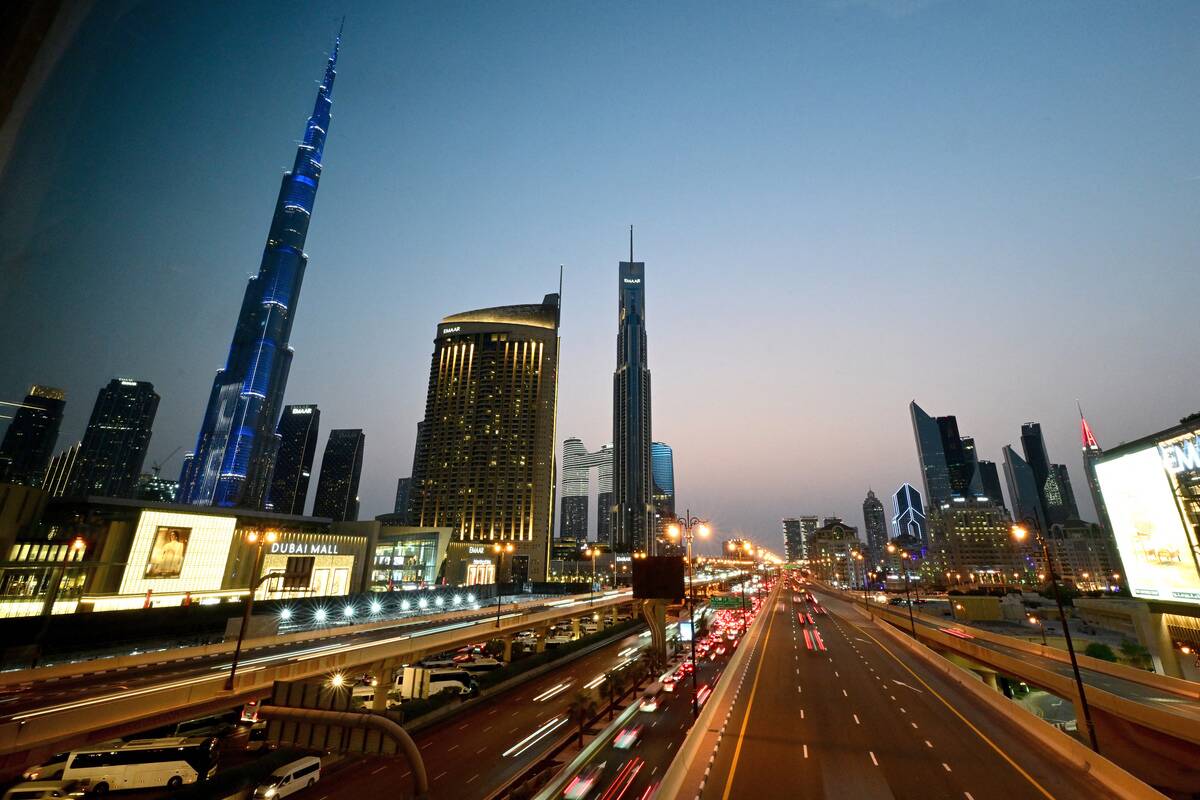
Ambitious construction projects captivate us with their promises of innovation and progress. They are bold statements of human capability, often pushing the boundaries of what’s possible. From the Burj Khalifa’s dizzying heights to the sprawling networks of high-speed trains, these projects inspire awe and admiration. They not only mark engineering milestones but also symbolize national pride and economic ambition, driving countries to invest heavily despite the financial risks involved.
The Nature of Budget Overruns: Common Causes and Pitfalls
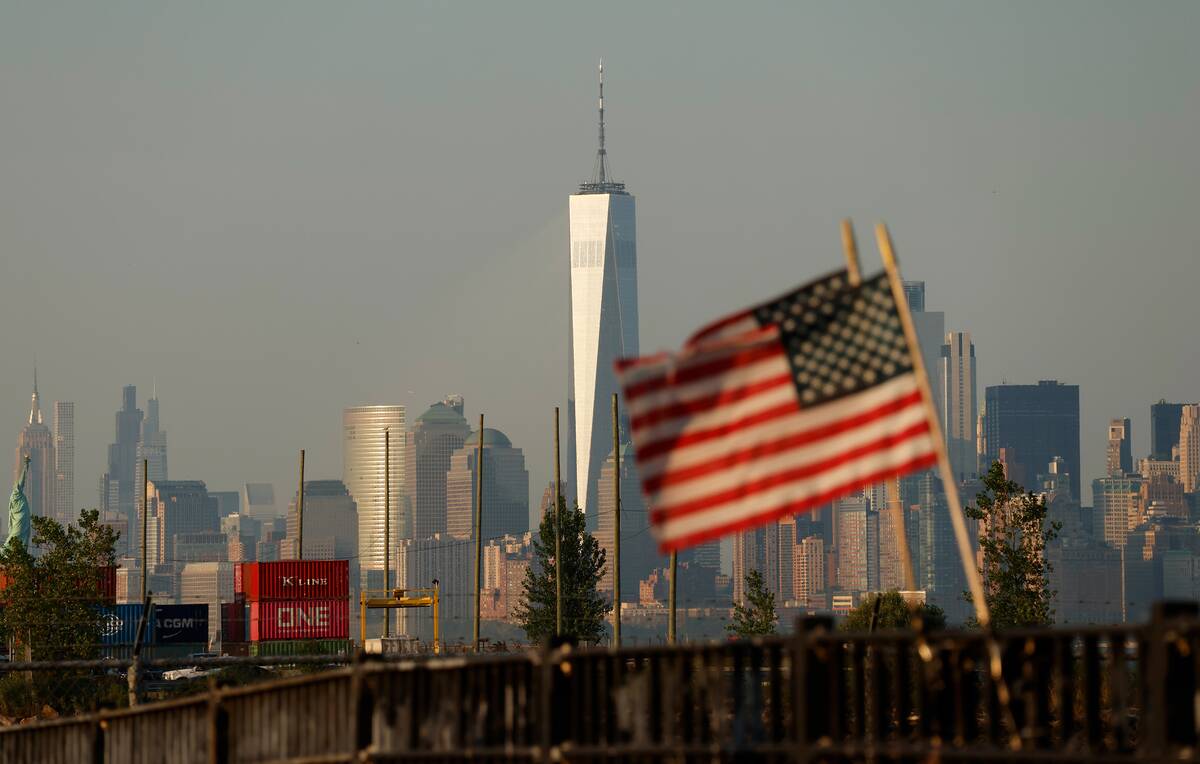
Budget overruns in megaprojects can stem from a myriad of factors, including unforeseen technical challenges and political interference. Often, initial cost estimates prove overly optimistic, failing to account for the complexities that arise during construction. Additionally, scope creep—where projects expand beyond their original intent—can inflate costs significantly. Mismanagement and lack of clear communication further complicate budgetary control, leading to spiraling expenses that exceed initial projections.
The Sydney Opera House: A Symphony of Unexpected Costs
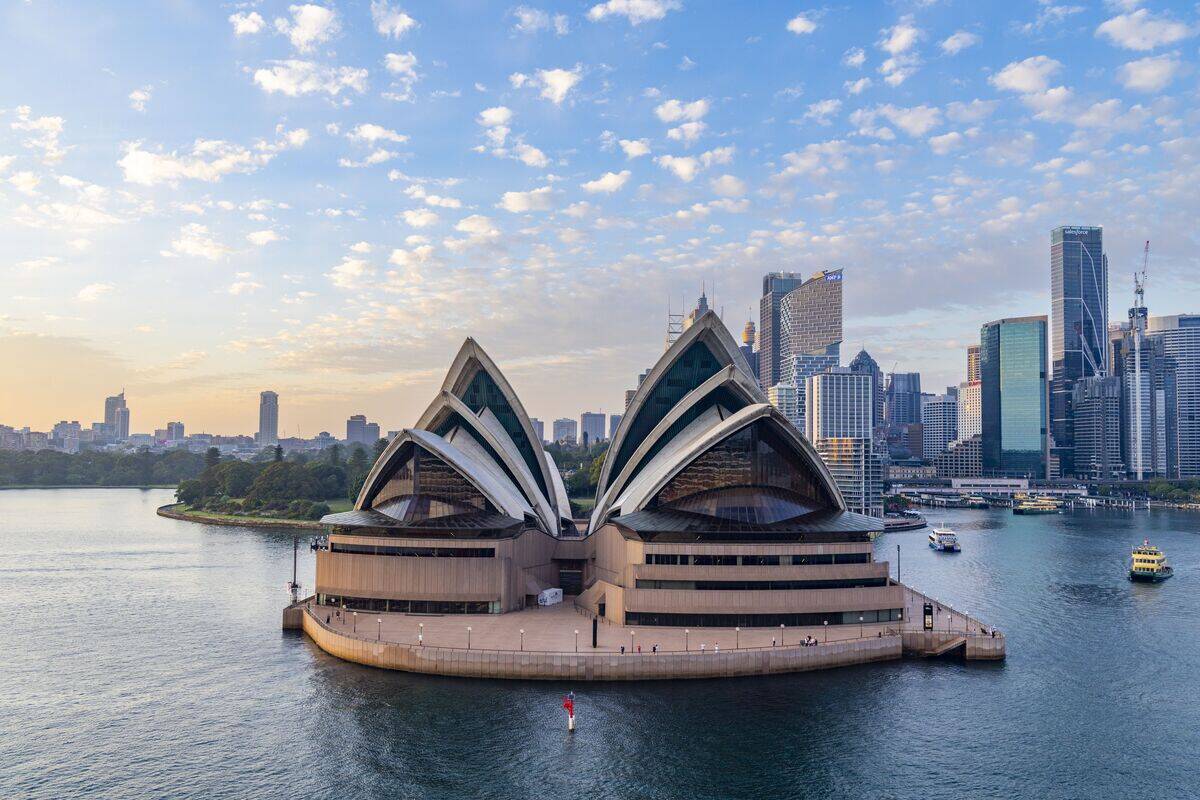
The Sydney Opera House is a masterpiece of modern architecture, but its construction was fraught with financial turmoil. Originally estimated to cost AUD 7 million, the final bill soared to AUD 102 million. Design changes were frequent, and the technology required to realize Jørn Utzon’s vision was groundbreaking at the time. Delays and political disputes only compounded the financial strain, transforming the project into a cautionary tale of budgetary vigilance.
The Channel Tunnel: Burrowing Through Budget Blunders
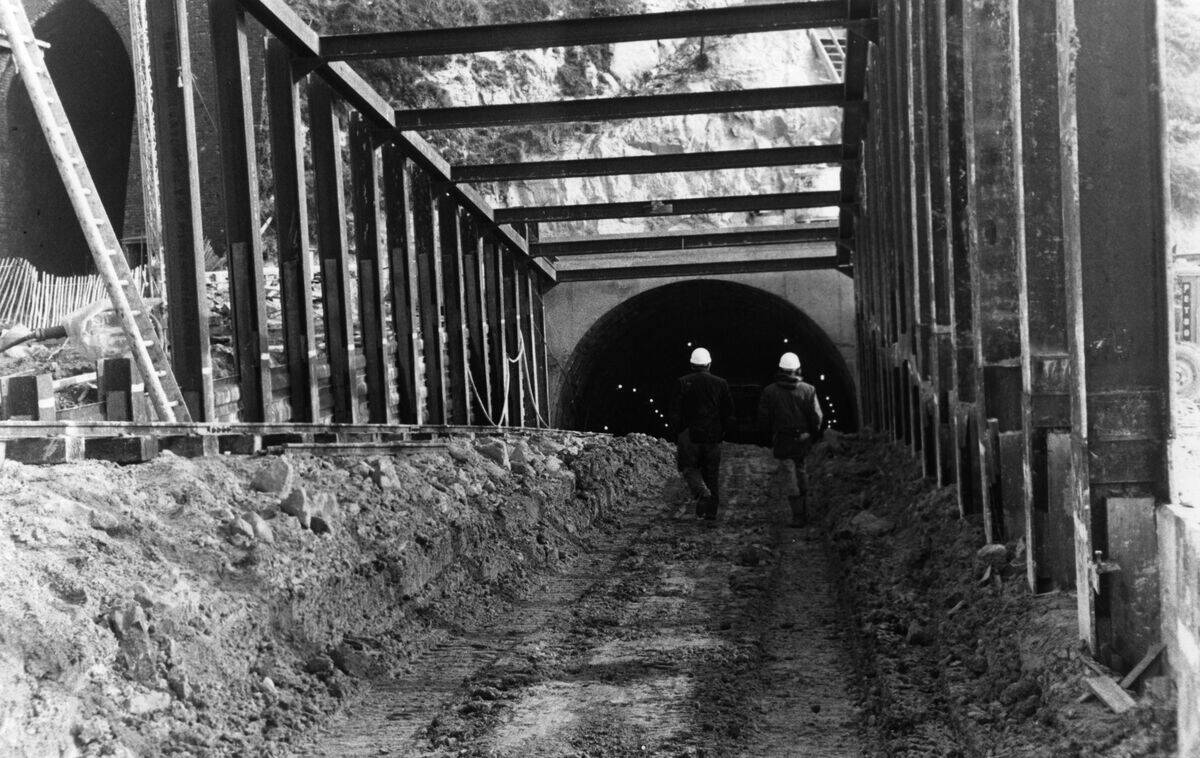
Connecting the UK and France, the Channel Tunnel is a marvel of engineering, yet its financial journey was rocky. Initially projected at £4.7 billion, the final cost ballooned to over £9 billion. The project faced technical difficulties, including geological challenges and safety concerns. Moreover, fluctuating currency values and interest rates added to the financial burden. Despite these hurdles, the tunnel remains one of the greatest engineering achievements of the 20th century.
The Soaring Costs of the International Space Station

The International Space Station (ISS) is a testament to international cooperation, but its costs have been astronomical. Initially estimated at $17 billion, the total expense has surpassed $150 billion. The complexities of space travel, coupled with the need for cutting-edge technology and constant maintenance, have driven these costs skyward. Despite the financial challenges, the ISS continues to provide invaluable opportunities for scientific research and international collaboration.
Boston’s Big Dig: A Highway to Over-Budget Hell
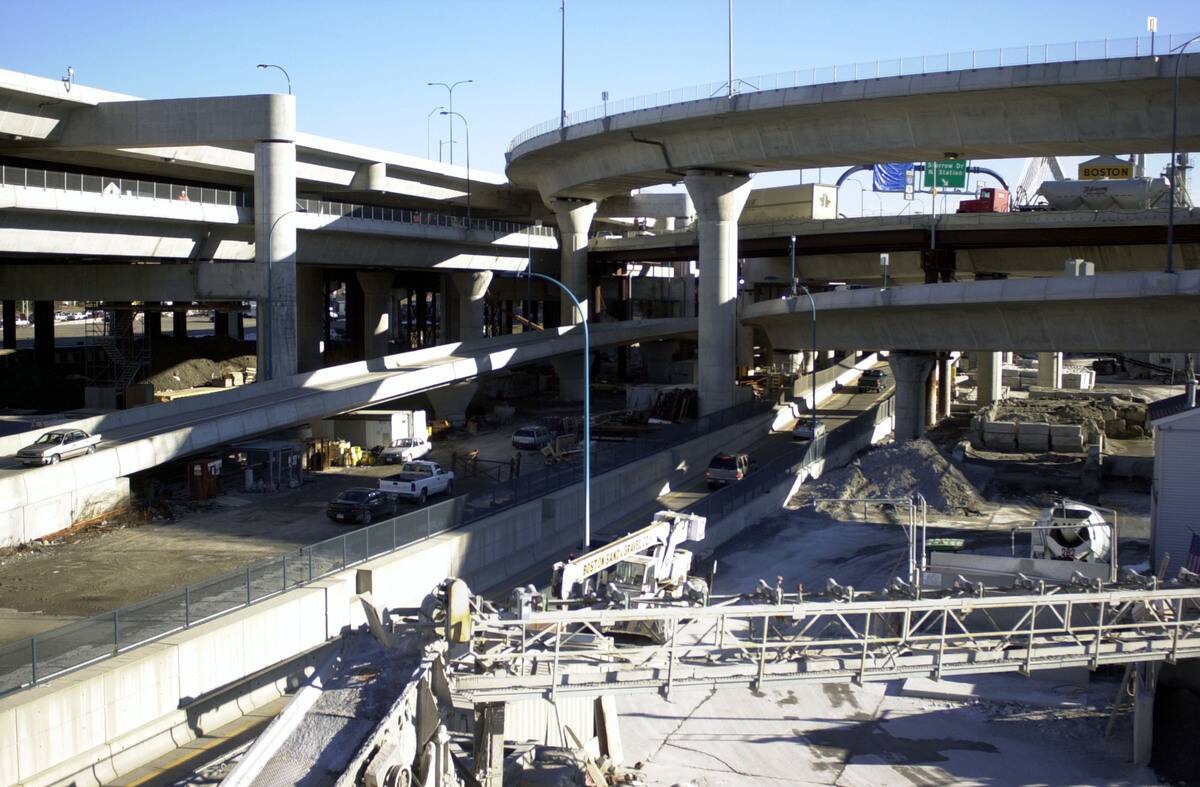
Boston’s Central Artery/Tunnel Project, known as the Big Dig, was plagued by financial woes. Originally tagged at $2.8 billion, the cost escalated to nearly $15 billion. Technical difficulties, including leaks and design flaws, compounded the fiscal strain. The project also suffered from mismanagement and corruption, which further inflated expenses. Despite its troubled past, the Big Dig has transformed Boston’s urban landscape, reducing traffic congestion and reconnecting neighborhoods.
The Sagrada Familia: A Century of Construction and Counting
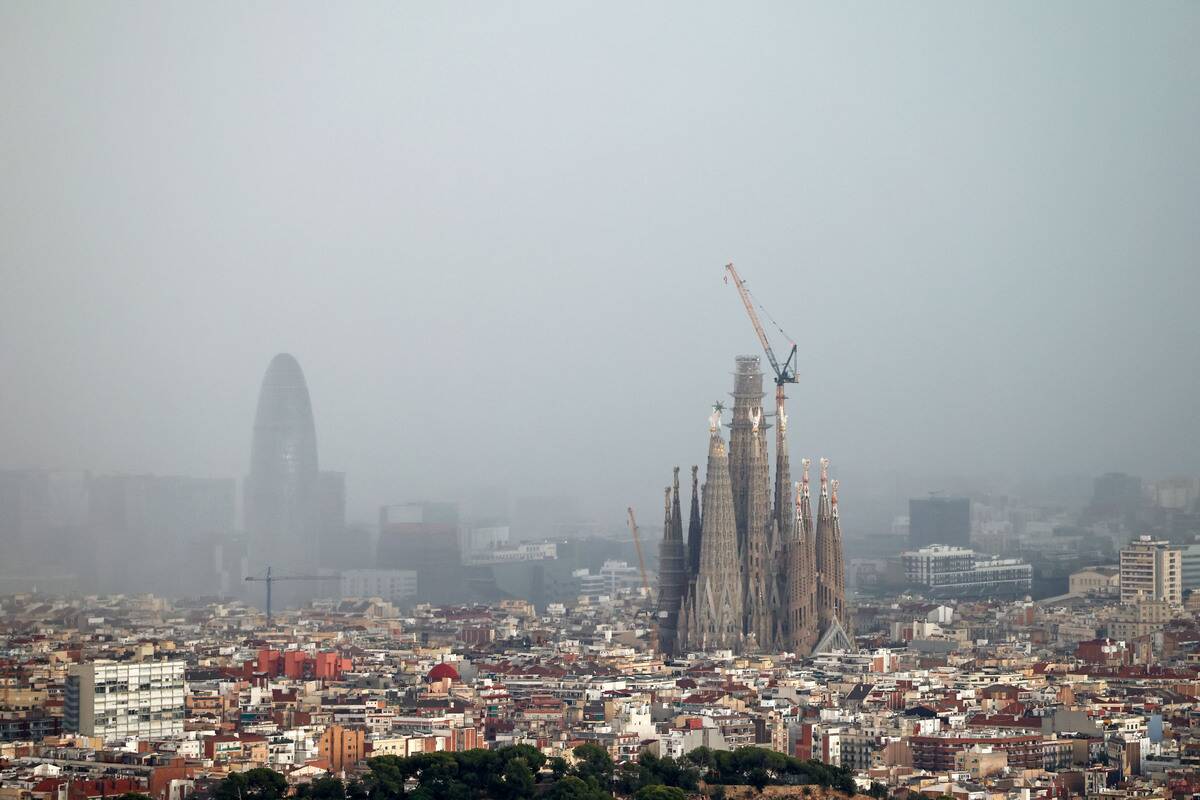
The Sagrada Familia in Barcelona is an architectural wonder that has been under construction since 1882. The project has experienced numerous budgetary challenges, with costs climbing as designs evolved over the decades. Gaudí’s intricate designs required innovative techniques and materials, adding to the financial burden. Though still unfinished, the basilica attracts millions of visitors annually, with entrance fees now helping to fund its ongoing construction and eventual completion.
The Costly Tale of Berlin Brandenburg Airport

Berlin Brandenburg Airport, initially slated to open in 2011, finally welcomed passengers in 2020. The project faced numerous setbacks, with costs rising from €2.5 billion to over €7 billion. Mismanagement, design flaws, and construction errors plagued the endeavor, leading to repeated delays. The airport’s troubled history has become a symbol of bureaucratic inefficiency, but it now serves as a modern gateway to Germany’s capital, albeit at a premium price.
Heathrow Terminal 5: Flying Over Budget Expectations
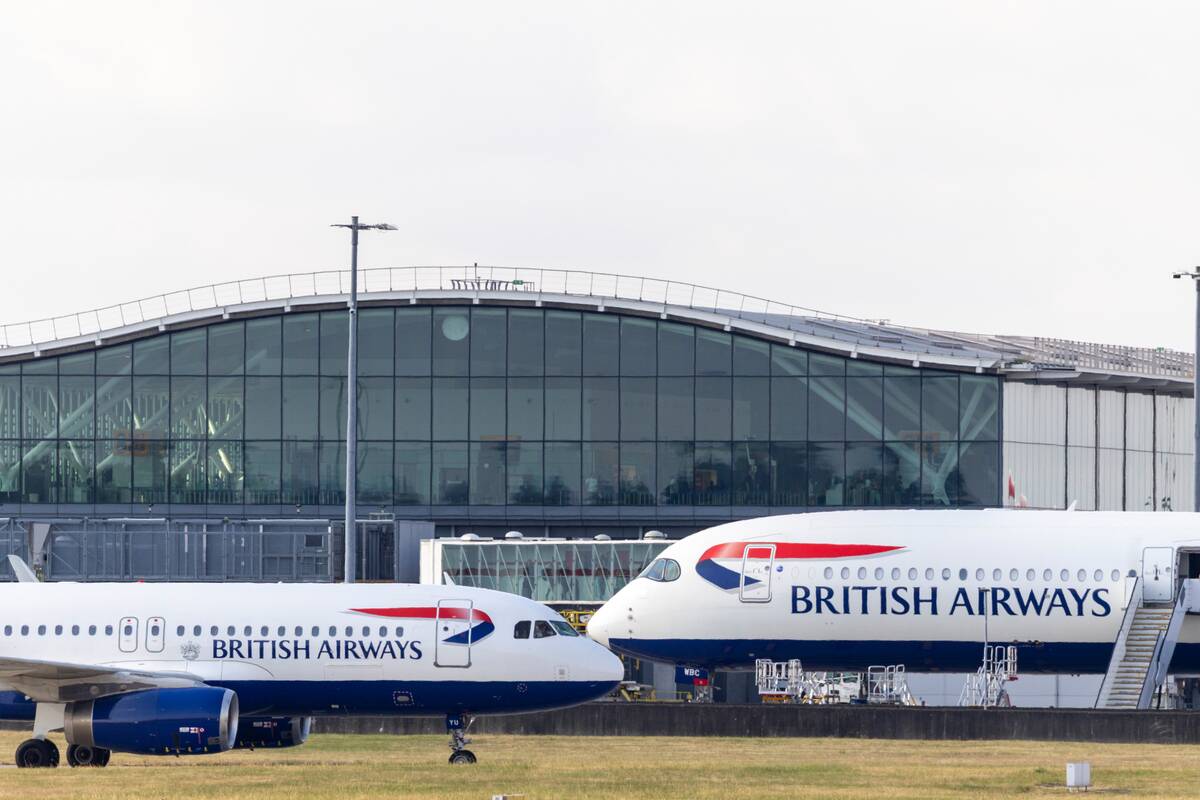
Heathrow Airport’s Terminal 5 faced significant financial and logistical challenges before its 2008 opening. The initial budget of £2.5 billion nearly doubled due to unforeseen complexities in design and construction. The terminal’s innovative baggage system and state-of-the-art facilities required extensive testing and revisions. Despite these hurdles, Terminal 5 is now a hub of efficiency and has won numerous awards for its design and passenger experience.
The Panama Canal Expansion: Navigating Financial Challenges
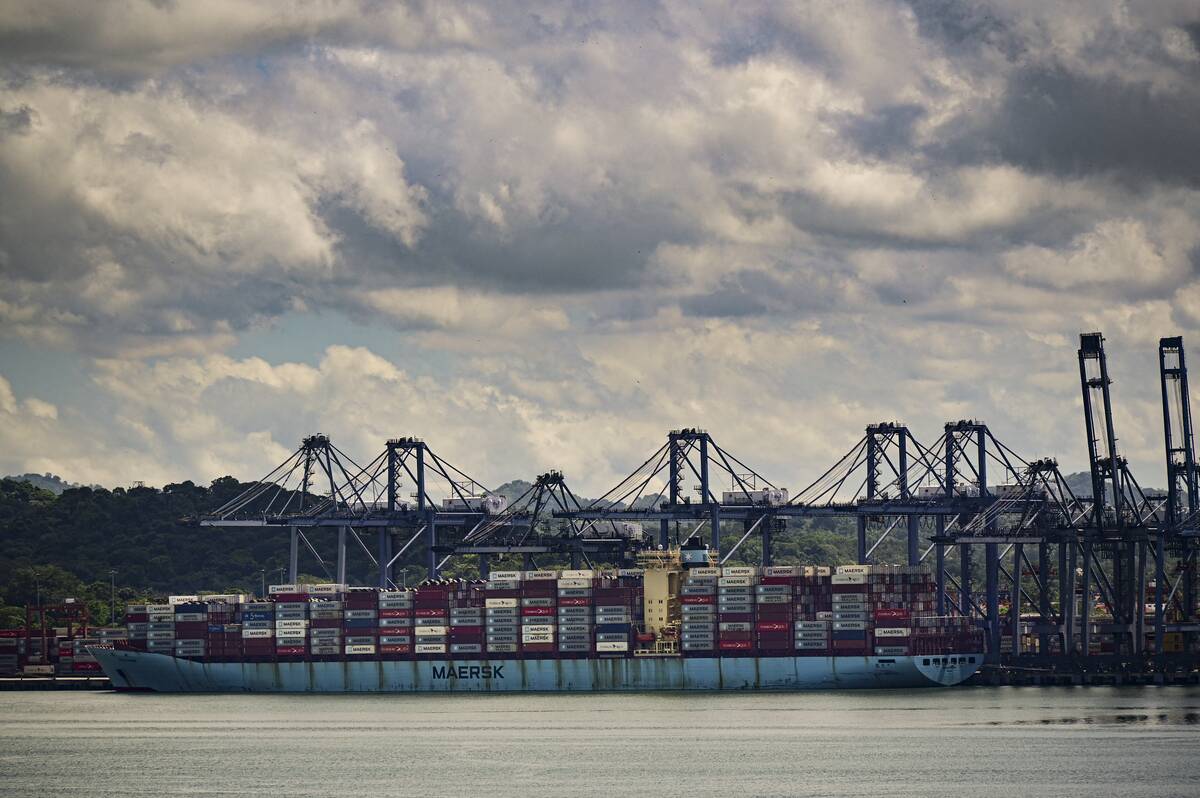
The Panama Canal Expansion, a monumental project to accommodate larger vessels, faced its share of budgetary woes. Initially estimated at $5.25 billion, costs swelled due to geological surprises and contractual disputes. The complexity of dredging and building new locks added to the financial strain. Completed in 2016, the expansion has significantly boosted global trade, though at a cost that tested the limits of financial and logistical planning.
Dubai’s Palm Jumeirah: An Island of Expensive Surprises
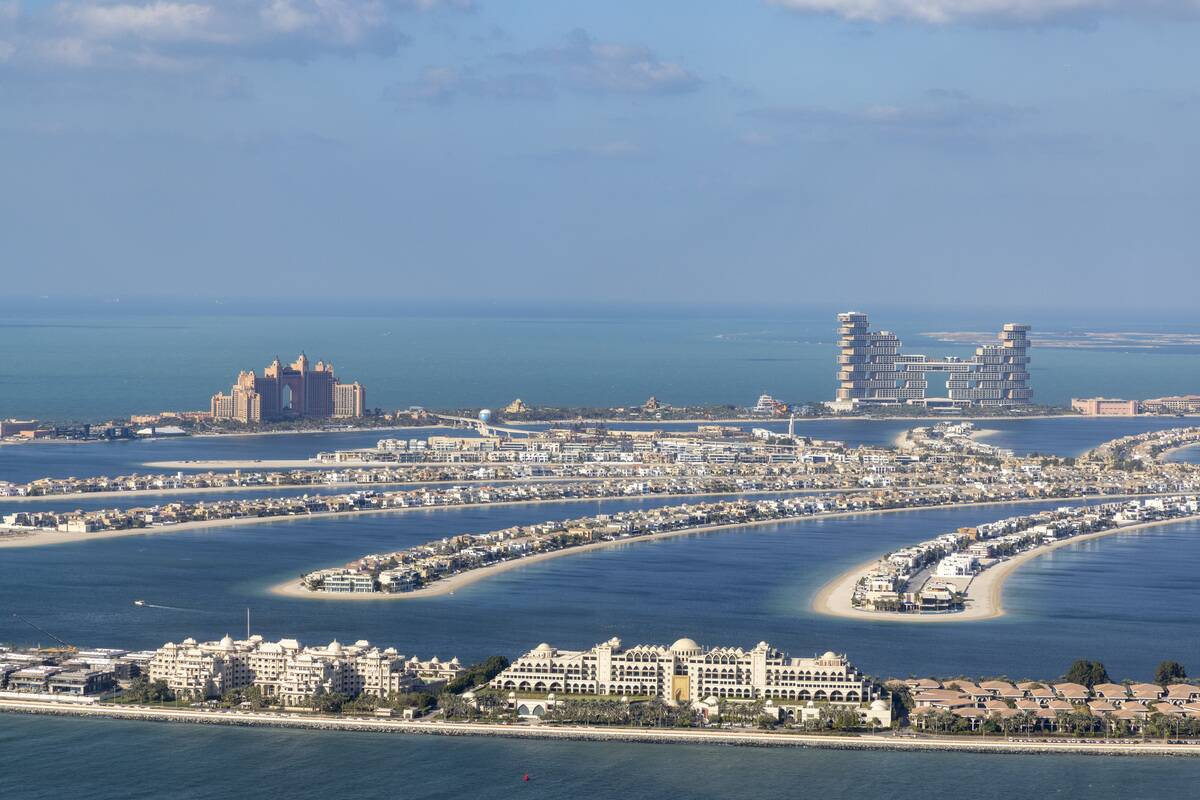
Dubai’s Palm Jumeirah is a testament to human ingenuity and ambition, but its creation was not without financial hurdles. Initially projected to cost $1.5 billion, the final bill was closer to $12 billion. The project’s scale and complexity, including land reclamation and infrastructure development, led to unforeseen expenses. Despite these challenges, the palm-shaped island has become an iconic symbol of luxury and innovation, attracting tourists and investors from around the world.
The Sochi Winter Olympics: A Gold Medal in Overspending

The 2014 Sochi Winter Olympics set a record for the most expensive games ever, with costs exceeding $50 billion. Initial estimates of $12 billion were quickly surpassed due to extensive infrastructure projects and security measures. Corruption and mismanagement further inflated expenses. Despite the financial strain, the games showcased Russia’s ability to host a large-scale international event, though the legacy of its budgetary excesses continues to be a topic of debate.
Wembley Stadium: Kicking Off a Budget Blowout
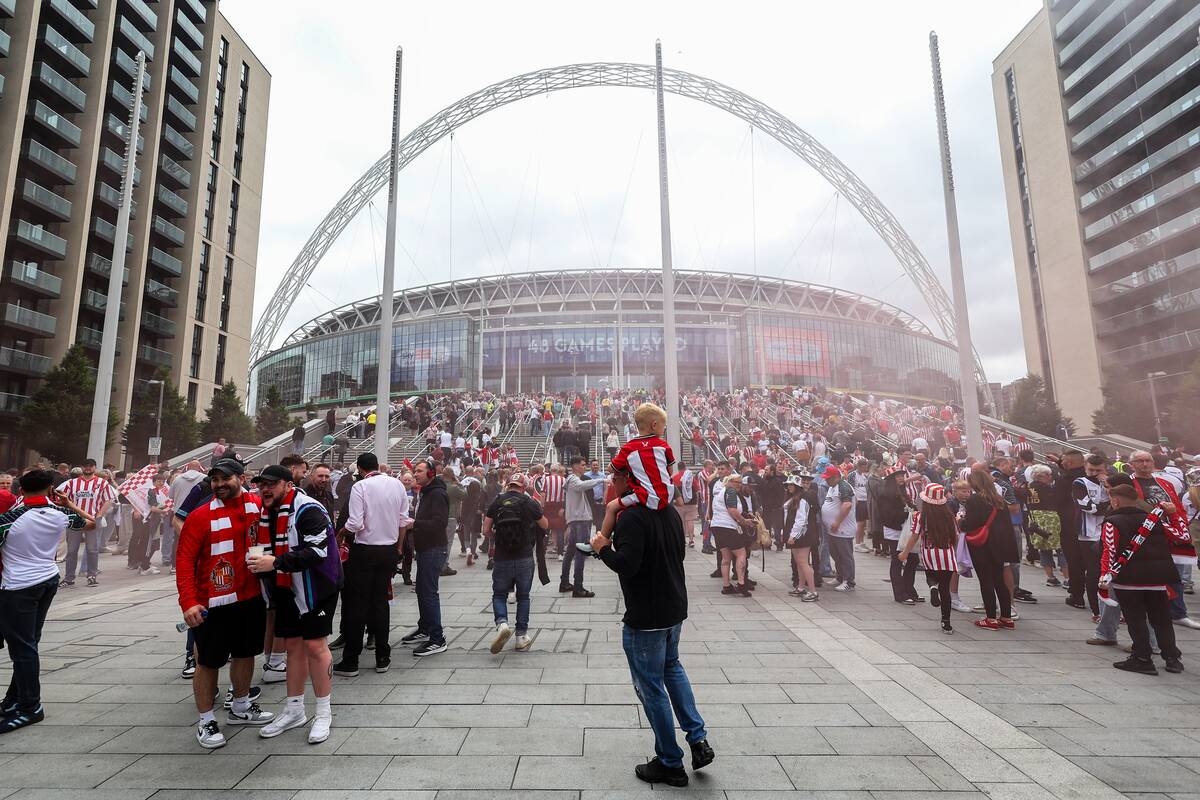
The new Wembley Stadium, opened in 2007, faced a series of financial hurdles during its construction. Originally budgeted at £757 million, costs soared to nearly £1 billion. Delays caused by design changes and construction challenges added to the fiscal burden. Despite these issues, Wembley now stands as a premier venue for sporting events and concerts, its iconic arch a symbol of modern engineering and architectural prowess.
The Hudson Yards: New York’s Pricey Urban Marvel
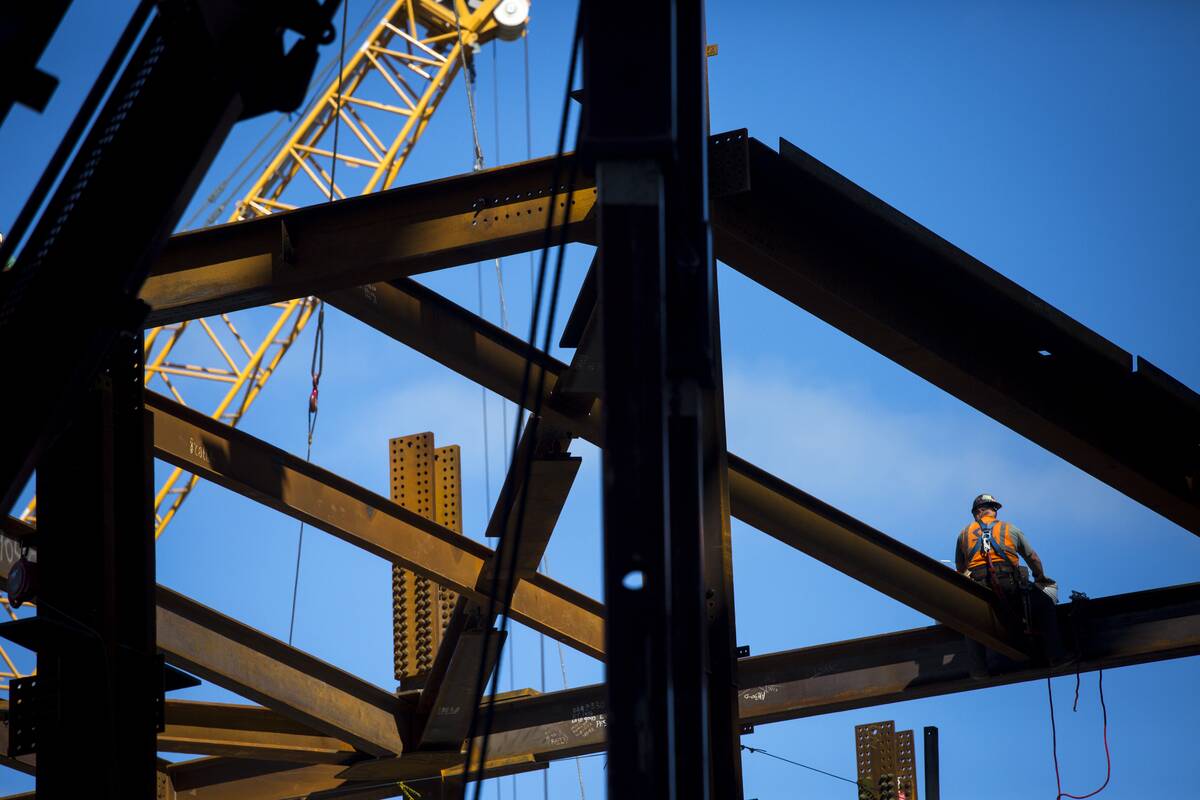
Hudson Yards in New York City is one of the most ambitious real estate developments in U.S. history. With a price tag of around $25 billion, the project transformed an underutilized area into a vibrant urban space. The development faced financial challenges, including high construction costs and economic fluctuations. Despite these hurdles, Hudson Yards has become a bustling hub of commerce and culture, attracting businesses and tourists alike.
The Hubble Space Telescope: A Cosmic Cost Conundrum
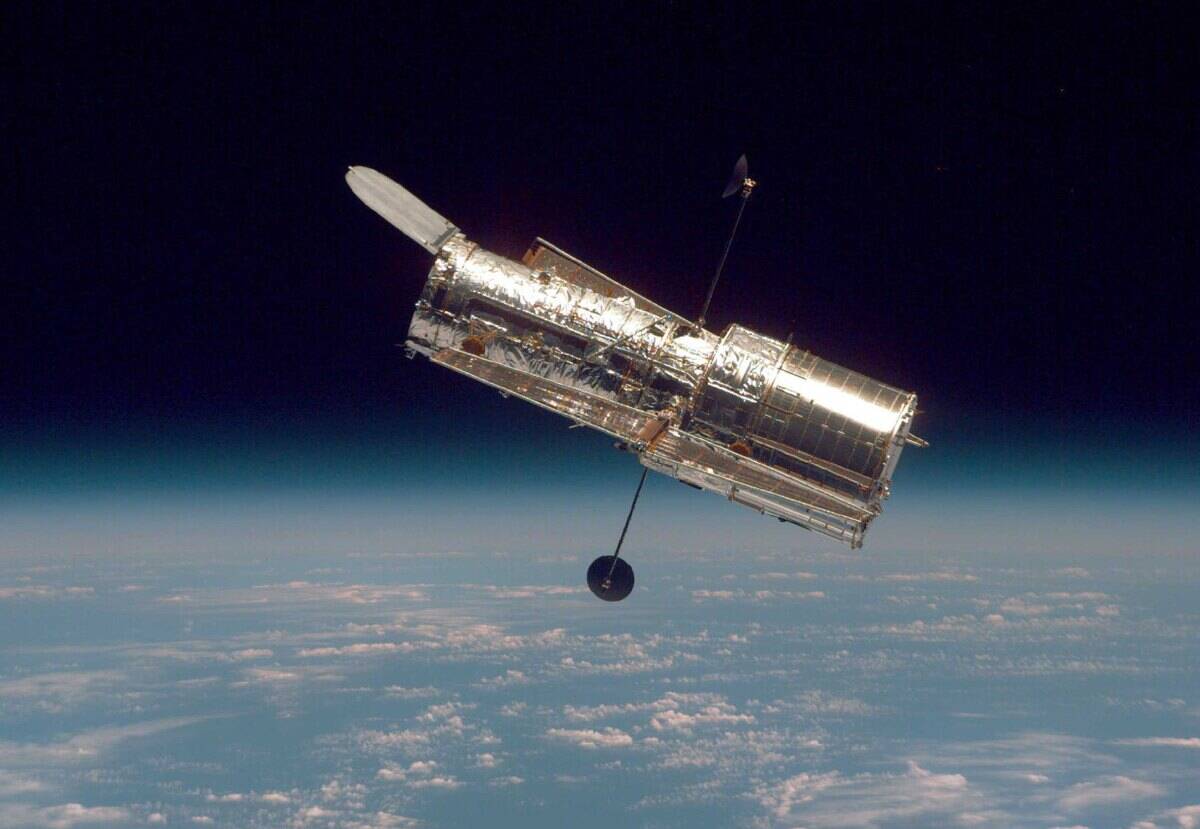
The Hubble Space Telescope, launched in 1990, has been a scientific boon but a financial black hole. Initial costs of $1.5 billion ballooned to over $10 billion, partly due to the need for multiple servicing missions. Technical issues, including a flawed mirror, required expensive repairs. Despite its costly journey, Hubble has provided invaluable insights into the universe, revolutionizing our understanding of space and our place within it.



